This article was co-authored by Luba Lee, FNP-BC, MS and by wikiHow staff writer, Hunter Rising. Luba Lee, FNP-BC is a Board-Certified Family Nurse Practitioner (FNP) and educator in Tennessee with over a decade of clinical experience. Luba has certifications in Pediatric Advanced Life Support (PALS), Emergency Medicine, Advanced Cardiac Life Support (ACLS), Team Building, and Critical Care Nursing. She received her Master of Science in Nursing (MSN) from the University of Tennessee in 2006.
There are 12 references cited in this article, which can be found at the bottom of the page.
This article has been viewed 11,748 times.
While liquid medication may seem easier to get rid of than pills, you shouldn’t pour it down a drain or flush it down your toilet since it could contaminate the water and the environment. If you have unused or expired liquid medication, the best thing you can do is find a drop-off site where you can throw it away safely. If you don’t have any disposal sites near you, you can throw the medication in your regular trash, but first you'll need to mix it with other materials so it can’t be taken by other people. As long as you follow safe procedures, you can easily get rid of your medicine.[1]
Steps
Finding a Drop-off Location
-
1Contact a police department or pharmacy to see if they have drug disposal boxes. Many police departments and pharmacies have drop boxes where you can anonymously put expired or unused medication when you don’t need it anymore. Call their locations and ask them if they offer medication drop-off services. Find out if they have any restrictions on the type of medication they accept and what processes you need to follow before you drop the medication off.[2]
- You may be able to find a list of drop-off locations on your city’s Department of Health website.
- Many times, you’ll need to keep the medication in its original container when you dispose of it.
- Many pharmacies have secure and anonymous disposal kiosks that you can safely drop your medication into. Remove any labels that have your personal information on them before putting the medicine inside.[3]
Warning: Some drop boxes don’t allow you to throw away liquid medication so be sure to double-check the list of what’s allowed.
-
2Call a hospital or clinic to check if they offer safe drug disposal. Hospitals and clinics are usually required to accept expired or unused drugs so they can destroy or dispose of them properly. Contact the information line for your nearest hospital and discuss your options with them. If they’re able to take back your medication, bring the container to the hospital as soon as you’re able so you don’t have to worry about keeping it in your home.[4]
- Only return liquid chemotherapy drugs to a hospital so you don’t expose other people to any chemicals.
Advertisement -
3Go to a sponsored drug take-back event to get rid of medication safely. Many large cities offer drug take-back events through the Department of Health or Drug Enforcement Agency (DEA) so you can anonymously get rid of unwanted or expired medication. Check with your city’s website to see when take-back events occur in your area. Keep the medication in a hard-to-reach area until the event so pets or kids are unable to access it.[5]
- There are usually 2 take-back events annually, but there may be more depending on your location.
- You can dispose of expired or unused prescription or over-the-counter medication at a take-back event.
- Smaller cities may not have sponsored take-back events. If not, look for another drop-off location in your area.
-
4Mail your medications into a disposal site. Many pharmacies, such as Costco, CVS, and Rite Aid sell paid postage envelopes that allow you to mail in your prescriptions. Seal your medications inside of the envelope and send them through your regular mail service. Your medication will go directly to the disposal site so it’s gotten rid of safely.[6]
Putting Medication in the Trash
-
1Plan on throwing away the medication right before collection day. Leaving medication inside your garbage can make it easier for people to dig through the trash and find it. Keep the medication on a high shelf so pets or children can’t reach it. Choose the night before or the morning of collection day to reduce the risk of others getting into the medication.[7]
- Contact your city’s waste management service if you aren’t sure when your garbage is regularly collected.
-
2Cross off any personal information from the prescription label. Use a black permanent marker to cross off your name, address, and prescriber’s name on the label. Go over the area multiple times until you aren’t able to see or read any of the information on the label. Cover the name of the prescription as well so people don’t know what it is, which will deter them from trying to steal it from the trash.[8]
- You can try to rip the label off of the bottle, but it may still leave scraps or residue on the bottle.
- You don’t need to cross off any information on over-the-counter medication.
-
3Add water to the medication if it thickened. Some thicker liquid medication may dry up or solidify in the bottle if it’s left for a long time. Fill a quarter of the bottle with water from your sink before putting the cap back on. Shake the bottle vigorously to help break apart the dried-out liquid so you can easily pour it out of the bottle.[9]
Tip:If the medication still doesn’t come out or liquefy, try breaking it apart with a spoon, fork, or stir stick.
-
4Pour the medication into a resealable plastic bag. Hold a resealable plastic bag over a countertop or sink so you don’t spill the medication anywhere. Open the medication bottle and slowly pour the contents into the bag. Empty the entire container into the bag and shake out as much from the bottle as you can. Once you empty the medication, you can throw the bottle away in your trash.[10]
- Never leave the medication in its original packaging since it will be easier for people to find or steal from your trash.
- Do not recycle the medication bottle when you’re finished since it had contaminants in it.
-
5Mix inedible material with the medication. Mixing your unused or expired medication with another material deters animals or other people from ingesting it. Put in a few spoonfuls of something like cat litter, used coffee grounds, dirt, or ash into the bag and mix it together with the medication. Once you thoroughly combine the material and medication, seal the bag tightly so it doesn’t open.[11]
- You can also add salt or flour to disguise the medication.
- Adding material will help hide the medicine so others don’t know what’s inside the bag.
-
6Place the bag in an opaque container so it’s not visible. Choose a small box or plastic container with a lid that you can easily fit the bag into. Make sure the bag stays sealed or else the container could easily leak the contents. Put the lid on the container or close the box before taping it shut so it’s harder to get into.[12]
- Avoid using a food container since it’s more likely someone going through your trash will get into your medicine.
-
7Take the container out with your regular trash. Set the container inside of your trash bin and tie the back closed so no one can easily access the contents. Put the trash in an outdoor trash bin or dumpster on waste collection day so your medication is thrown away without the risk of someone getting into it.[13]
Warnings
- Don’t pour liquid prescriptions down a drain or into a toilet since you could pollute and contaminate the water.[15]⧼thumbs_response⧽
- Do not put unused liquid medication in with your recyclables.⧼thumbs_response⧽
- Never give unused or expired prescription medication to other people since it could have harmful effects or lead to addiction.⧼thumbs_response⧽
- Be careful not to leave any unused or expired medication anywhere where pets or children can access it.⧼thumbs_response⧽
Things You’ll Need
Putting Medication in the Trash
- Marker
- Resealable plastic bag
- Water
- Spoon or fork
- Cat litter, ash, or used coffee grounds
- Opaque plastic container
References
- ↑ https://www.pca.state.mn.us/featured/dont-flush-medicines-down-drain
- ↑ https://portal.ct.gov/DCP/Prescription-Monitoring-Program/Proper-Disposal-of-Prescription-Drugs
- ↑ https://www.consumerreports.org/drug-safety/the-problem-with-expired-medication/
- ↑ https://www.fda.gov/drugs/disposal-unused-medicines-what-you-should-know/drug-disposal-drug-take-back-locations
- ↑ https://www.fda.gov/drugs/disposal-unused-medicines-what-you-should-know/drug-disposal-drug-take-back-locations
- ↑ https://www.consumerreports.org/drug-safety/the-problem-with-expired-medication/
- ↑ https://environment.westchestergov.com/residents/recycling-guidelines/medications
- ↑ https://www.fda.gov/consumers/consumer-updates/where-and-how-dispose-unused-medicines
- ↑ https://stopmedicineabuse.org/blog/details/how-to-properly-dispose-of-otc-medications/
- ↑ https://aapcc.org/prevention/medication-safety
- ↑ https://stopmedicineabuse.org/blog/details/how-to-properly-dispose-of-otc-medications/
- ↑ https://www.pca.state.mn.us/living-green/managing-unwanted-medications
- ↑ https://www.fda.gov/consumers/consumer-updates/where-and-how-dispose-unused-medicines
- ↑ https://www.pca.state.mn.us/living-green/managing-unwanted-medications
- ↑ https://environment.westchestergov.com/residents/recycling-guidelines/medications

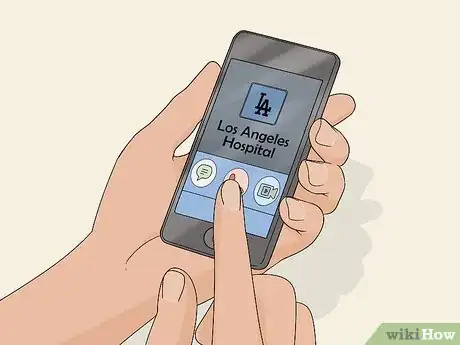

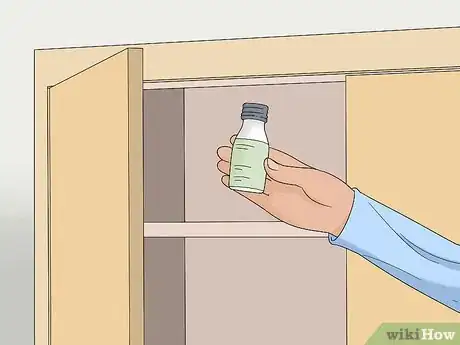


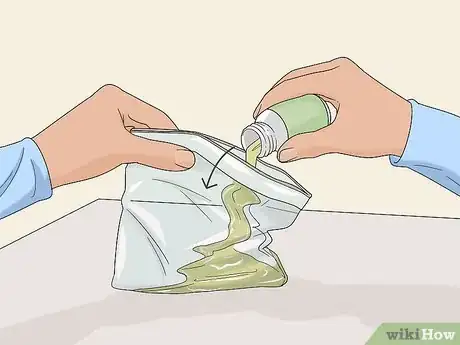


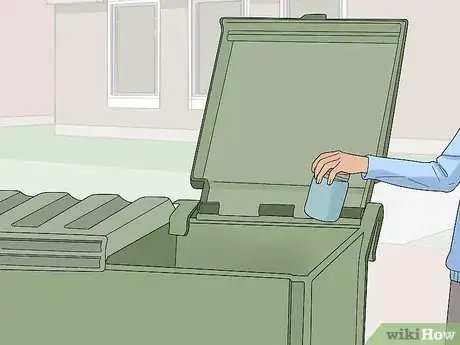
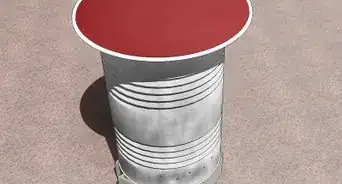


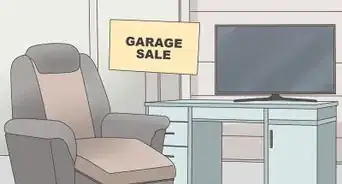
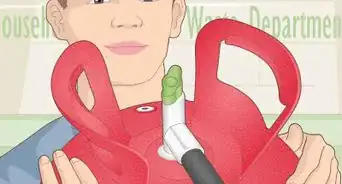
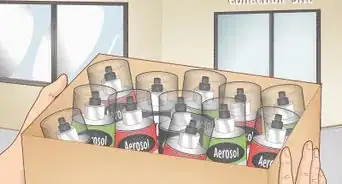
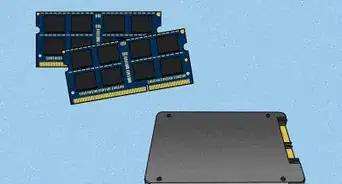

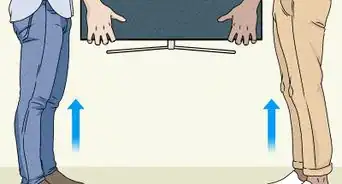
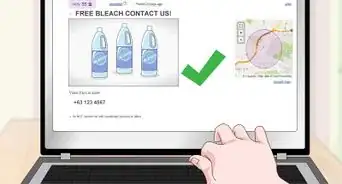

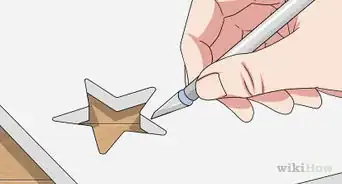

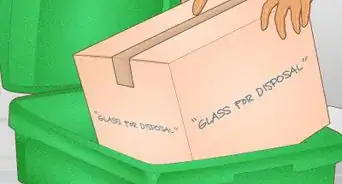








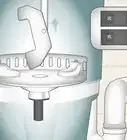
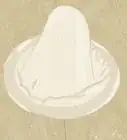
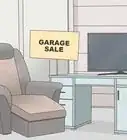



































Medical Disclaimer
The content of this article is not intended to be a substitute for professional medical advice, examination, diagnosis, or treatment. You should always contact your doctor or other qualified healthcare professional before starting, changing, or stopping any kind of health treatment.
Read More...